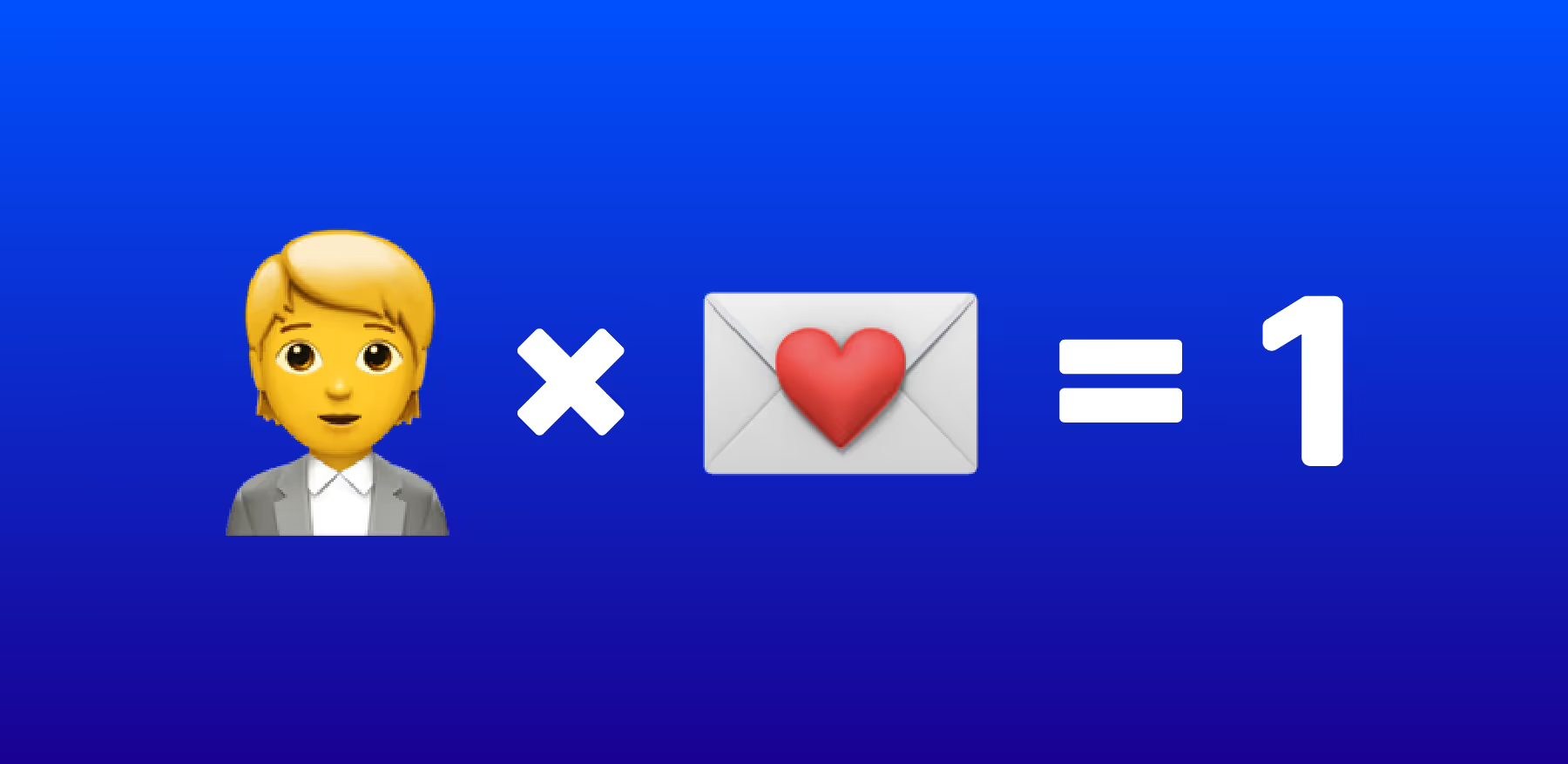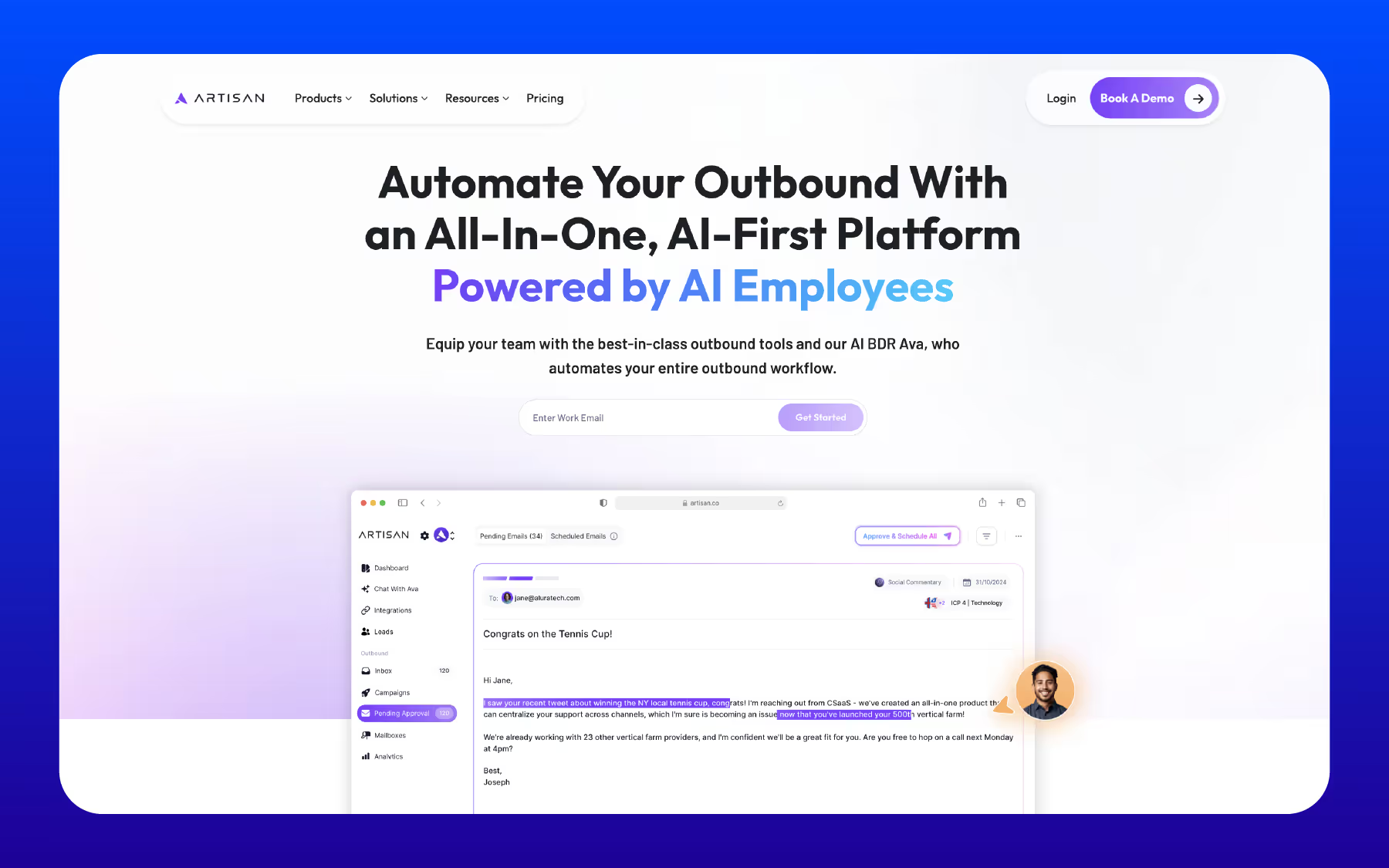How to Improve Customer Retention: 7 Strategies That Just Work


Keeping your customers happy and loyal is one of the biggest impacts you can make to your bottom line.
The better their experience, the more likely they are to stick around and continue to pay you.
So to help you out, here are seven tips to help you improve customer retention, along with actionable tips to get started.
1. Onboard & Activate Customers

The onboarding experience is your first chance to impress. If it's confusing or full of friction, customers might leave without giving your solution a chance.
What worked well for us was offering free migration. It removes a huge pain point for customers and gets them set up smoothly from the get-go.
How to set customers up for success:
- Offer free setup or migration services to make the switch to your software easy.
- Create clear, step-by-step tutorials or video guides to help new customers get started.
- Set up regular check-ins during the first few weeks to ensure they're finding success.
2. Set Realistic Expectations

Overselling or over-promising sets you up for failure. If customers feel let down because you didn’t meet their expectations, they won’t hesitate to leave.
Honesty is the best policy here, be clear about what your product or service can and cannot do and what they can do to make it more successful.
How to set expectations:
- Be transparent in your marketing and sales about what customers should expect.
- Set realistic timelines for delivery or results, so customers know what to expect and when.
- Focus on building trust by consistently delivering what you promise, without exaggeration.
3. Sell to The Right Customers (Product-Customer Fit)

Not every customer is a perfect fit for your product or service. Trying to onboard the wrong customers leads to frustration on both sides.
When you focus on attracting the right customers, those who can truly benefit from what you offer, they’ll have a better experience and help your business grow faster.
How to focus on the right customers:
- Create an ideal customer profile and stick to it when marketing and selling your product.
- Screen potential customers during the sales process to ensure your product is a good fit for their needs.
- Offer trial periods or demos to help prospects determine if your solution is right for them.
4. Collect Feedback & Execute on It

Feedback is gold. Whether it's during regular use or after cancellation, understanding why customers stay or leave is incredibly valuable.
If a customer is switching to a competitor, find out which one and why. This can give you insights into how to improve and stay competitive.
How to collect feedback:
- Use a public roadmap to collect feature requests and user input. We use canny.io to do this.
- Send exit surveys when customers cancel to understand what led them to leave.
- Investigate competitor tools that customers are switching to, and evaluate what features make those tools more appealing or better than yours.
5. Always Keep the Conversation Open

Keeping communication lines open is one of the simplest yet most powerful ways to improve retention. Customers need to know they can reach you when they need help.
Offering multiple channels for communication, like website chat or direct calls, builds trust and ensures they feel supported.
How to stay connected with customers:
- Use live chat on your website for real-time customer support.
- Regularly offer one-on-one calls with account managers to discuss customer needs.
- Encourage leadership or co-founders to join customer calls, showing personal commitment to their success.
6. Build Strong Relationships Through Personalization

Personalizing the customer experience makes people feel valued.
It’s more than just using their name in an email, it’s about understanding their preferences and tailoring your communications and offerings to suit their needs.
This builds stronger relationships and encourages loyalty.
How to build relationships:
- Use customer data to offer personalized product recommendations based on their past purchases.
- Send targeted emails with offers and content that match the customer’s interests and behaviors.
- Remember important details, like their favorite products or services, and incorporate them into conversations.
7. Offer Consistent Value

Customers need to feel like they’re getting something valuable from you at all times.
This can come in the form of helpful content, new features, or updates that improve their experience, or even free migrations like we offered before.
How to offer more value:
- Share educational content like blog posts, webinars, or tutorials that help customers get more from your product.
- Regularly update your product with new features that solve customer pain points.
- Offer exclusive discounts, early access to new features, or other perks to keep customers engaged.
Key Takeaways
- Offer amazing onboarding: Simplify the onboarding process and consider offering free migration to set customers up for success from the start.
- Deliver on your promises: Be transparent and realistic in your sales and marketing to avoid setting false expectations.
- Only onboard the right customers: Focus on finding customers who are a good fit for your product, ensuring they have a positive experience and deliver useful feedback.
- Collect feedback and act on it: Regularly gather customer feedback, especially when they leave, and use this information to make meaningful improvements.
- Always keep the conversation open: Be accessible to your customers through multiple channels, and involve leadership when possible to show commitment.
- Build relationships through personalization: Use customer data to create personalized experiences that make customers feel valued and understood.
- Offer consistent value: Continuously provide educational content, updates, and perks that add value to the customer experience and keep them engaged.
Wrapping Up
Improving customer retention doesn’t have to be difficult. The best way to succeed is to onboard the right customers, deliver an amazing experience, and keep the lines of communication open.
When you actively listen to your customers, act on their feedback, and consistently offer value, you can create long-term customer that will stick around for years or even decades.






